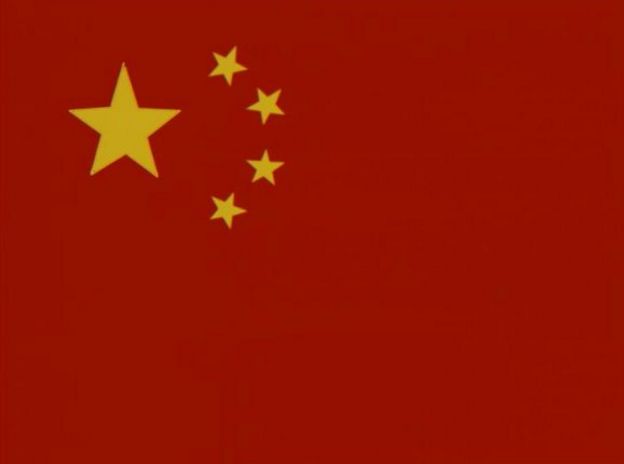Chinese
companies were a major force in global cross-border M&As in 2016. According
to statistics from Thomson Reuters,
China’s cross-border M&A transactions totaled $221 billion in 2016, more
than double the figure of $109 billion seen in 2015, marking a historic high
and accounting for about 6.14 percent of global M&As in terms of value.
In
particular, the value of Chinese M&As in the US surged 841 percent from the
previous year. There are many reasons contributing to the surge in overseas
M&As by Chinese companies, such as rising labor costs, the heavy tax
burden, high deleveraging pressure and excess savings in the domestic market.
But it is mainly the capital surplus brought by the country’s rapid
urbanization that has propelled Chinese companies to make so many cross-border
M&As.
HNA Group, Fosun International and Anbang Insurance used to spend a lot
of time looking for potential acquisition targets around the world, and became
three of the most active Chinese buyers in overseas M&As. However, they may
now have to slow their M&A pace. According to media reports, with Chinese
regulators tightening controls over capital outflows, deals worth $5 million or
more will require approval from the State Administration of Foreign Exchange.
While large strategic acquisitions are likely to get the green light,
acquisitions of non-core assets like properties may not get passed.
Moreover,
although the Chinese yuan’s depreciation motivates companies to seek asset
diversification overseas, it also makes deals more expensive. Another important
reason for an M&A slowdown is that the Chinese government is quite
concerned that the aggressive, sometimes highly leveraged M&A deals may
trigger financial risks. Take a close look at Chinese companies’ overseas
M&As, and there are a few noteworthy features that stand out.
First,
overseas M&As are usually accompanied with the cross-border transfer of
financial resources. Some companies directly or indirectly make use of special
power or policy to add to their credit line, increasing the likelihood of
success for their merger deals overseas. Second, some Chinese companies apply
for collateralized loans after acquiring overseas assets so as to avoid the
trouble of withdrawing capital from their home country. Third, expanding
overseas assets also allow Chinese companies to borrow more and get more credit
support both from home and abroad.
Fourth,
in some M&A cases, overseas firms are just cover and platforms for asset
operations, which serve as collateral for financing. Their actual business
performance in terms of revenue and profits as well as financial security is
not the top priority. It should be noted that over the past few years, some
Chinese companies made overseas M&As based on “scale expansion and high
debt ratio,” and they expanded their overseas assets so much they became “too
big to fail” so as to signal their economic importance.
However,
such acquisitions backed by capital and rapid expansion may encounter various
problems and risks. For instance, changes in financial regulatory policies,
tightening of foreign exchange control measures and a clampdown on financial
corruption may all affect M&As due to financing problems or policy
constraints. Fundamentally, when the extraordinary speed of expansion runs
contrary to common sense and lacks basic business foundations, problems are
bound to ensue.
Above
all, under the current circumstances of domestic financial supervision, highly
leveraged cross-border M&As by Chinese companies will be curbed, probably
resulting in a notable shrinkage in such transactions this year (globaltimes.com.cn)



No comments:
Post a Comment